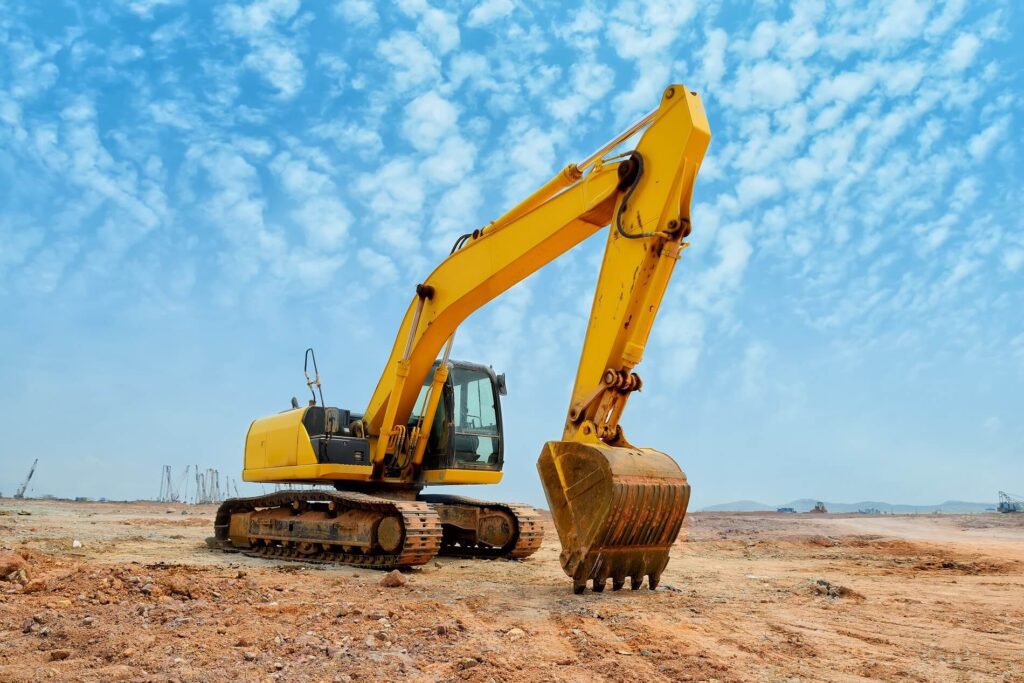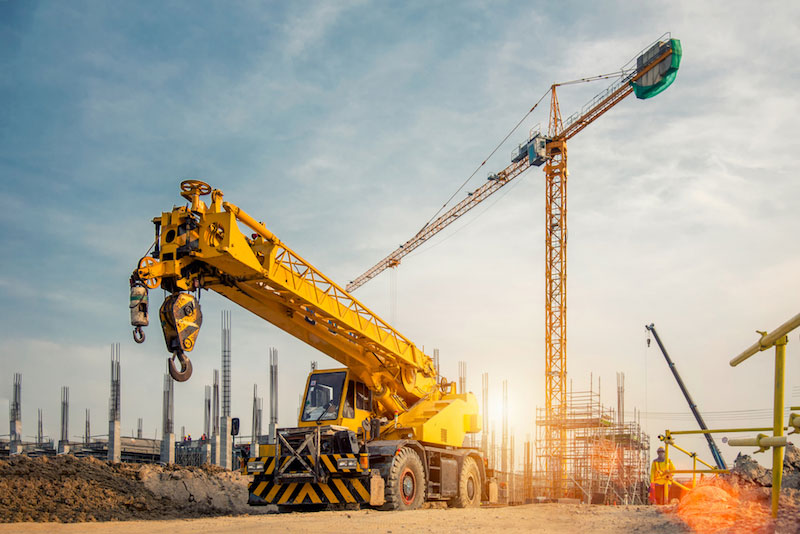Practical Mini Excavator Rental and Boom Lift Rental Services
Practical Mini Excavator Rental and Boom Lift Rental Services
Blog Article
Recognizing the Cost-Effectiveness of Leasing Devices for Short-Term Projects
In the world of job management, the sensible allocation of sources is paramount to accomplishing effective outcomes within financial restrictions. When taking into consideration temporary tasks that call for specialized devices, the choice to purchase or rent stated equipment can significantly impact the task's cost-effectiveness. Elements such as application frequency, maintenance prices, and depreciation rates enter play when evaluating the financial implications of each option. By delving into the intricacies of this decision-making process, a clearer understanding of the cost-effectiveness of renting tools for short-term tasks emerges.
## Factors to Consider When Leasing Equipment
When thinking about leasing tools for temporary jobs, it is essential to thoroughly review a number of crucial variables to ensure optimum effectiveness and cost-effectiveness. Establishing the specific requirements of the task is critical. Comprehending the scope of job and the necessary equipment will certainly help in picking one of the most ideal tools for the job. Furthermore, thinking about the duration of the task is vital. Leasing equipment for the exact timeframe required can stop unneeded expenses related to maintaining the devices longer than needed.
Furthermore, examining the high quality and problem of the equipment is essential to guarantee smooth procedures throughout the project. Renting out well-kept devices from credible providers can minimize the threat of failures and hold-ups. By carefully considering these elements, one can make enlightened decisions when leasing tools for short-term projects.
Benefits of Renting Out Vs. Purchasing
Renting out equipment for short-term jobs supplies countless benefits over buying, specifically in regards to versatility and cost-effectiveness. One of the primary advantages of renting devices is the versatility it supplies. Renting out permits business to access a wide variety of specific devices for temporary requirements without the long-lasting commitment and expenses linked with purchasing. When certain tools is only required for a minimal period., this adaptability is specifically helpful for projects with altering needs or.
Cost-effectiveness is an additional vital advantage of renting devices. Rather than birthing the full expense of purchasing expensive devices that may only be used occasionally, leasing provides a more budget friendly option. Leasing removes in advance costs, depreciation, maintenance expenses, and storage space costs, leading to considerable price financial savings for short-term projects. Additionally, renting permits business to budget more accurately by recognizing the exact price of tools rental upfront, without unforeseen costs for upgrades or repairs.
Expense Analysis: Renting Out Vs. Owning
Contrasting the economic implications of renting out equipment versus possessing it supplies useful understandings right into the expense effectiveness of each technique for short-term tasks. When considering the expense analysis of possessing versus renting tools, a number of crucial variables come into play.
First of all, renting devices for temporary projects often requires less preliminary capital expense contrasted to acquiring the devices outright. This can be particularly advantageous for organizations with minimal ahead of time funds or those wanting to designate resources elsewhere. Additionally, leasing gets rid of prices related to equipment upkeep, repairs, storage, and devaluation, which are typically the duty of the devices owner.
On the other hand, having tools may confirm to be more cost-efficient over time for projects that need extensive or constant tools use. While the initial investment may be greater, having tools offers the benefit of property ownership and basics the potential for resale value once the job is finished.

Tips for Making Best Use Of Cost-Effectiveness
For organizations seeking to optimize their funds during temporary tasks, applying tactical procedures to boost cost-effectiveness is critical. To optimize cost-effectiveness when renting tools for short-term tasks, take into consideration the following pointers:
Plan Ahead: Correct preparation is critical to stay clear of rushed decisions and final costs. Identify the devices needed, rental period, and any extra solutions called for well in breakthrough.
Contrast Rental Choices: Research and contrast rental rates from different distributors to find one of the most affordable choice. Take into consideration variables such as devices quality, rental terms, and consisted of solutions.
Choose Bundled Services: Some rental firms use packed solutions that may include tools distribution, upkeep, configuration, and insurance policy. Going with these plans can often lead to price financial savings compared to spending for specific services.
Utilize Equipment Efficiently: Train workers on proper equipment usage to avoid damage and reduce downtime. Reliable utilization of leased tools can help in reducing total prices.
Bargain Terms: Don't be reluctant to work out rental terms, specifically for massive or long-term projects. Request for price cuts, versatile service periods, or waived charges to make best use of cost-effectiveness.

Study and Examples
In analyzing real-world applications of affordable devices rentals for short-term tasks, significant case researches and examples give valuable insights right into successful techniques utilized by organizations. One such study includes a building and construction business that chose to lease specific machinery for a temporary task instead of acquiring it outright. By leasing the tools, the business prevented significant ahead of time expenses and recurring upkeep expenses, enabling them to allot resources extra efficiently. This choice not only saved the company money however also enabled them to finish the project on time and within budget plan.
An additional example is a landscaping business that utilized devices services for seasonal jobs. Rather of buying costly landscaping machinery that would only be utilized throughout certain times of more tips here the year, business picked to rent the tools as required. This technique proved to be economical as it eliminated the demand for storage area and minimized upkeep click to find out more expenses throughout the off-season.
These study highlight the sensible benefits of renting devices for short-term tasks, showing how companies can attain cost-effectiveness and adaptability by leveraging equipment rental solutions.
Final Thought
Finally, understanding the cost-effectiveness of renting equipment for temporary projects includes taking into consideration elements such as the specific demands of the project, the advantages of renting versus buying, and carrying out a complete price evaluation - dozer rental. By making best use of cost-effectiveness via reliable preparation and application of rented out devices, services can achieve their project objectives while minimizing expenditures. Situation studies and examples can provide useful understandings into successful economical rental strategies for temporary projects
When thinking about short-term jobs that call for specialized devices, the decision to purchase or lease claimed tools can substantially affect the job's cost-effectiveness. Renting out devices for the precise timeframe required can prevent unnecessary prices connected with maintaining the equipment longer than called for.
To start with, leasing devices for temporary jobs frequently calls for less preliminary funding expense contrasted to acquiring the equipment outright. Furthermore, leasing removes expenses associated with equipment upkeep, repair work, storage, and devaluation, which are commonly the obligation of the equipment owner.
In conclusion, understanding the cost-effectiveness of leasing devices for short-term tasks involves thinking about variables such as the specific requirements of the job, the advantages of renting versus getting, and performing a comprehensive expense analysis.
Report this page